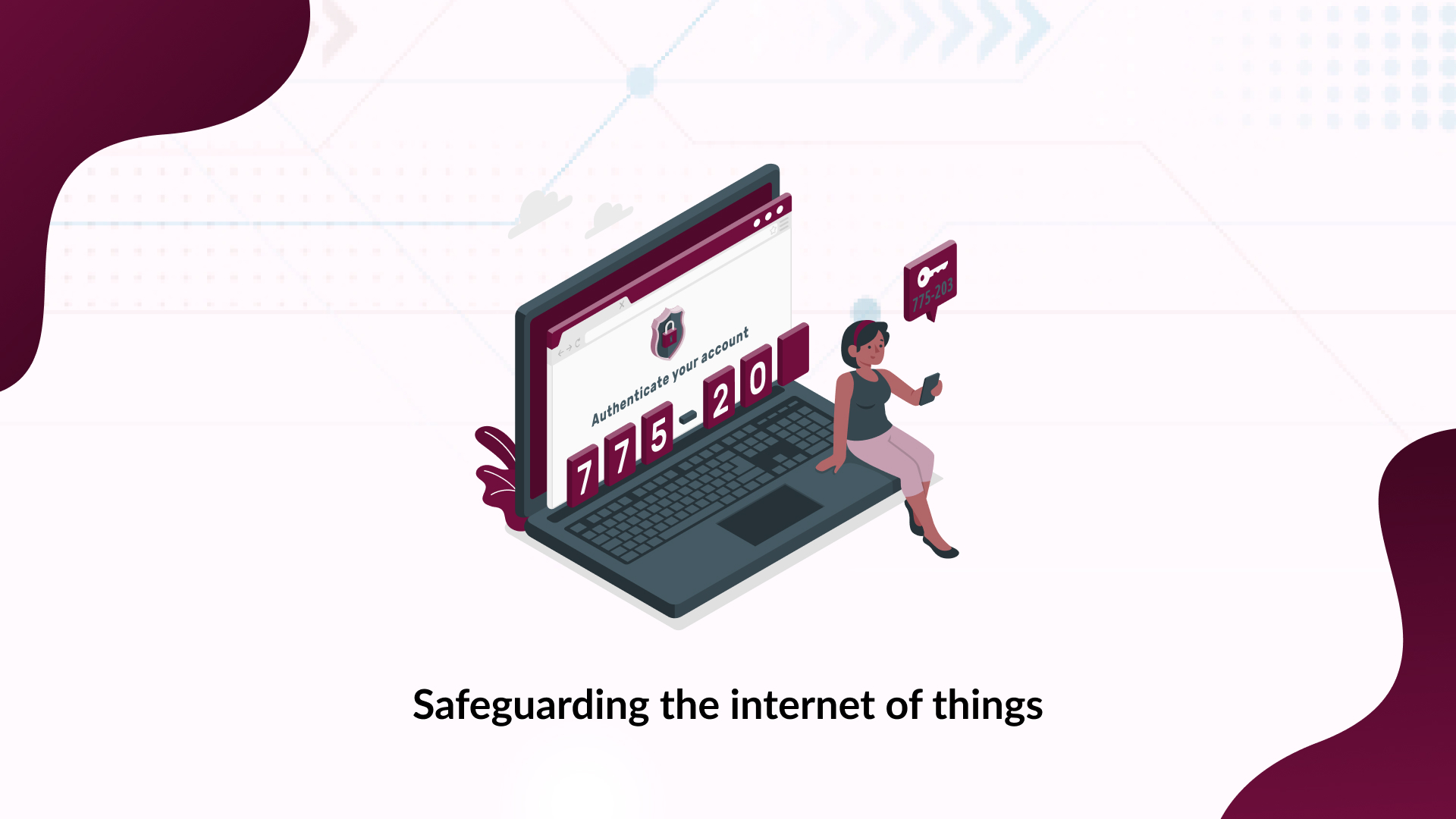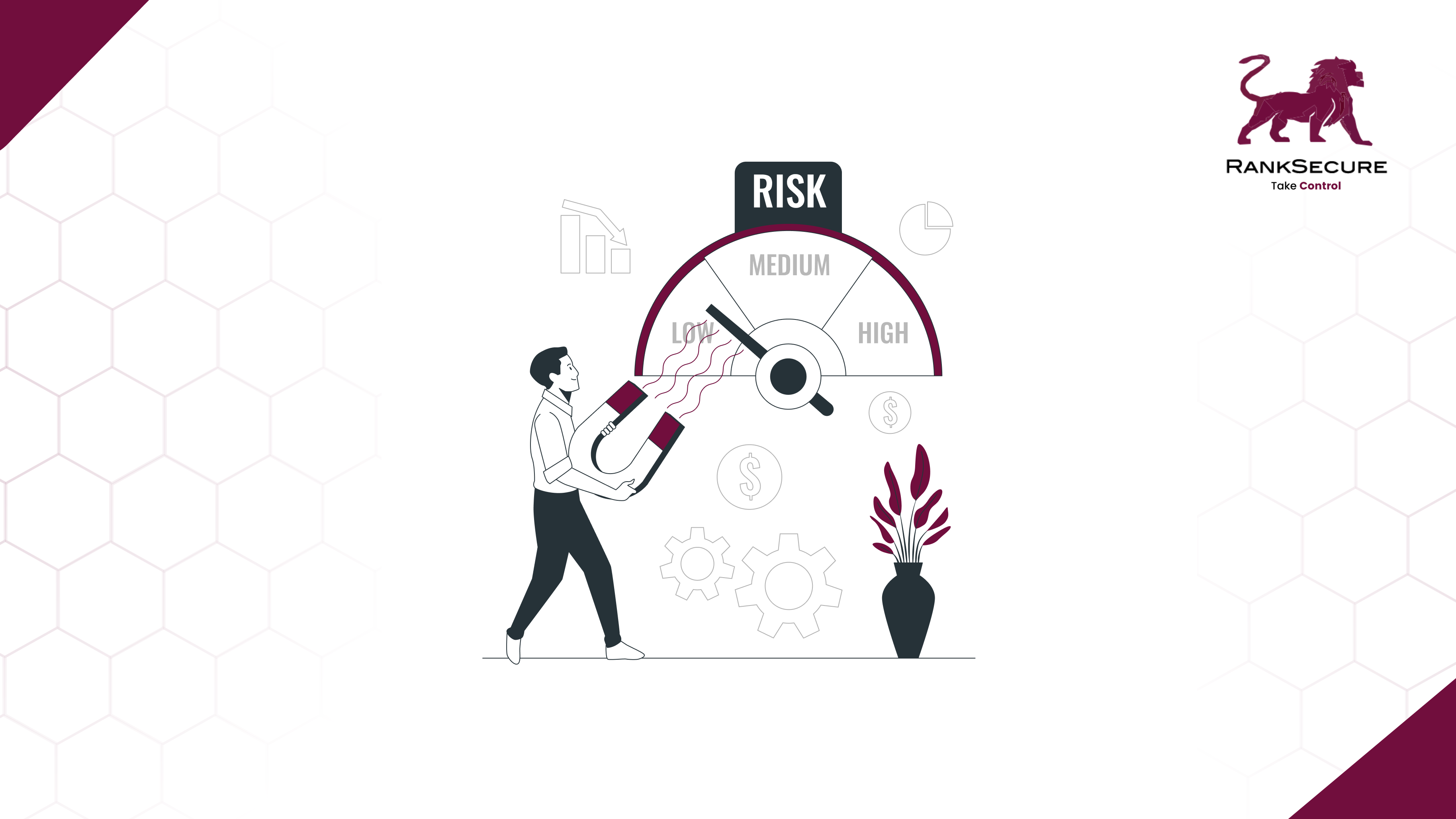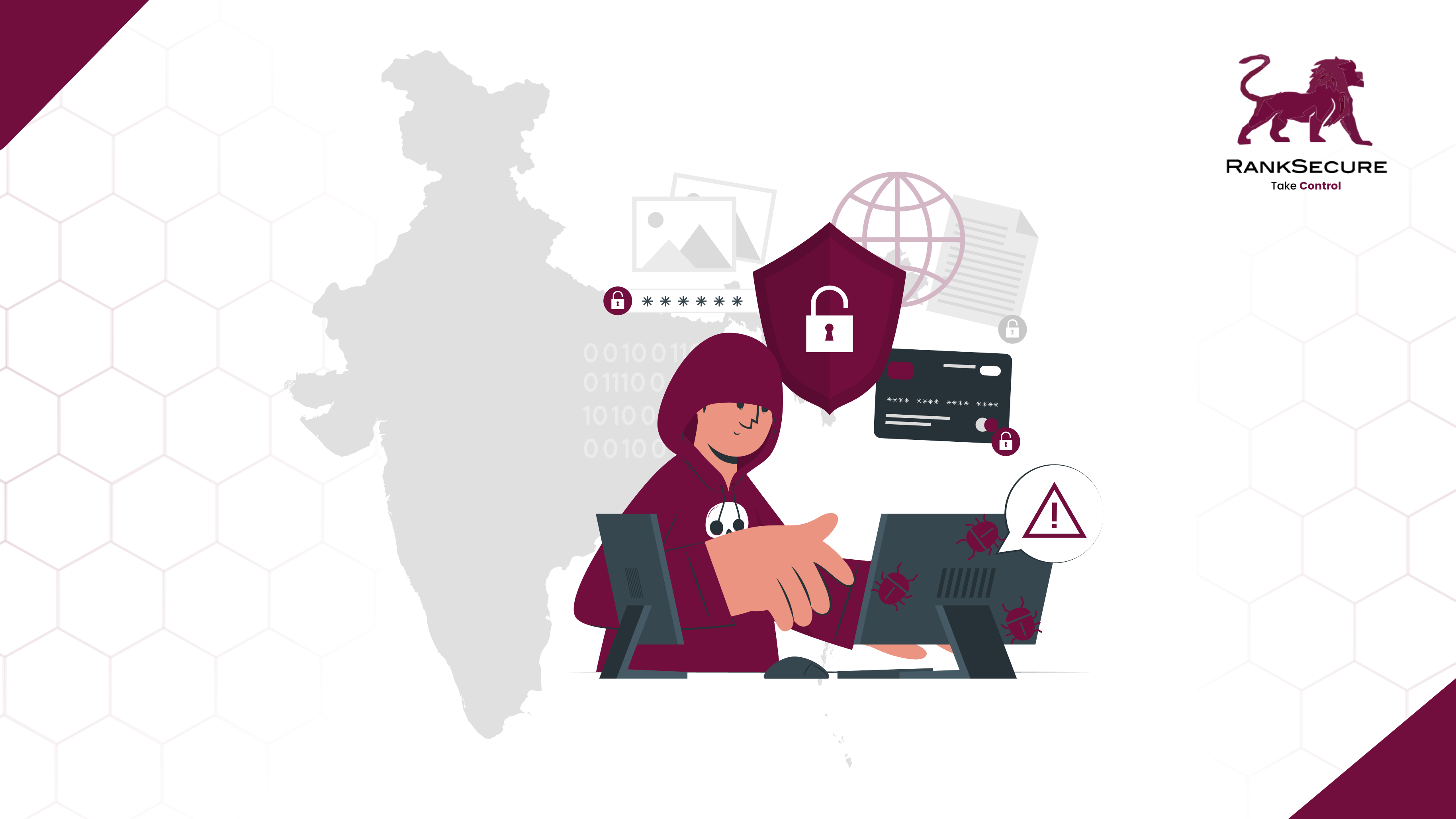
Navigating the Digital Landscape: Safeguarding the Internet of Things with Cybersecurity
Introduction
The Internet of Things (IoT) has brought about a new era of convenience and connectivity, with smart devices seamlessly integrating into our homes and workplaces. With over 24 billion interconnected devices, the Internet of Things (IoT) has revolutionized the way we live and work. However, as the IoT continues to expand, so does the risk of cyber threats. The devices that make up the IoT are particularly vulnerable to attacks, posing a major challenge to our security. In this article, we will explore the concept of IoT and delve into the ways in which these devices can be targeted by cybercriminals.
What Is IoT?
The Internet of Things (IoT) is a network of interconnected devices that can communicate with each other without physical interaction. A perfect example of this is a smartwatch, which contains sensors that collect data such as heart rate, oxygen levels, and physical movements, and sends this information to a phone over a network. This allows you to track your activity throughout the day.
The applications of IoT are numerous, and they can be seen in a variety of real-life examples, such as home automation devices, smart automobiles, and even heart monitors worn by individuals.
How Is IoT Causing An Increase In Cybercrime?
The IoT Attack Surface
With the proliferation of IoT devices, the attack surface has significantly increased. Unlike traditional computing devices, IoT devices are often designed with limited processing power, which makes it harder to implement security measures. This also means that once an IoT device is compromised, it can be used as a springboard to gain access to other devices on the same network, leading to a domino effect.
Personal Data At Risk
IoT devices often collect and store sensitive personal data, such as login credentials, contact information, and payment details. This makes them prime targets for cybercriminals seeking to exploit vulnerabilities to steal this data. The theft of personal data can lead to identity theft, financial fraud, and other serious consequences.
The 2016 Dyn Attack
One of the most massive attacks on IoT occurred in 2016 when a botnet using the malware Mirai attacked service provider Dyn, causing widespread internet outages. The attackers targeted vulnerable IoT devices by logging into them with default usernames and passwords and infecting them with malware. Once infected, the devices became part of the botnet and were used to launch a distributed denial-of-service (DDoS) attack on Dyn’s servers.
The impact of the Dyn attack was far-reaching, causing major websites like Netflix, CNN, and Twitter to go offline for hours. The incident was a wake-up call for the potential damage that could be caused by an IoT botnet attack.
This was the largest DDoS attack ever recorded in the history of IoT, targeting over 85 websites.
Creating a botnet requires a large number of connected devices, and with the widespread adoption of IoT devices in our daily lives, it’s almost impossible to prevent such attacks. Additionally, many IoT devices have weak security features or rely on default passwords, making them easy targets for hackers.
How To Enhance IoT Security?
The internet of things (IoT) is similar to a typical computer in many ways. This means that the same security measures that are applied to regular devices should also be implemented to protect IoT devices. Below are some strategies that can help reduce the vulnerability of IoT devices:
Encryption
Encryption is still a crucial aspect of securing IoT devices and data. By encrypting the data, even if a hacker gains access to the device, they won’t be able to read the data, rendering it useless to them.
Firmware Updates
IoT device managers or vendors must regularly update the firmware on their devices to fix bugs and security vulnerabilities. These updates are typically in response to detecting vulnerabilities in a device. Updating the firmware helps to reduce the risk of attack and enhances the device’s ability to defend itself against an attack.
Vulnerability Assessment and Penetration Testing (VAPT)
VAPT is a security test that is performed to identify and address the vulnerable points in a system, so they can be fixed. Running VAPT on IoT devices involves testing various components of an IoT system by exploiting present vulnerabilities. This helps to detect configuration errors and fix them before an external entity can hack into the system.
Cloud and Network Security
Cloud and network security tools can be used to securely store and transfer data across IoT devices. Cloud providers grant security keys to their users, which are generated for each IoT device, so their data can be accessed only by them.
In addition to these measures, some best practices such as using strong passwords and changing them regularly, not connecting a device to the internet unless necessary, not connecting to a public network, and choosing a secure firewall for all devices can help make IoT devices less vulnerable to cyber threats.
Conclusion
Ensuring the security of your smart devices requires you to be just as smart while using them. Internet of Things (IoT) devices generally lack robust security features, and there is currently no foolproof method of protecting them. Malicious actors are always on the lookout to breach your privacy, so it is your responsibility as a user to prevent them from doing so.
Fortunately, taking even small measures can go a long way in safeguarding your data. So, it’s crucial to remain vigilant while using your smart devices to maintain your privacy and security.
Recent Posts
(DRAFT_Rahul) The Cost of Poor IT Asset Management Lessons from Industry Failures
In the current fast-paced digital environment, information technology asset management (ITAM) is no any longer a “nice to have” but a crucial activity for companies of every size. Effective IT asset management from hardware and software to cloud resources guarantees efficiency, cost saving, and regulatory conformity. Still, many
Comparing Risk vs. Vulnerability Assessments
When it comes to protecting your organisation, the terms risk assessment and vulnerability assessment are often thrown around—but what do they actually mean? More importantly, how do you know if your organisation needs one, both, or neither? In this blog, we’ll break down the nuances, explain when to
India’s Rising Role in Cybersecurity
India’s Rising Role in Cybersecurity India has become a digital powerhouse, with 751 million people actively using the internet—making it the world’s third-largest digital market after the US and China. The government’s Digital India program has transformed how we work, shop, and live. However, this rapid growth







